The last couple of months have been extremely eventful for those within the commercial drone industry, particularly those in the United States. In August, the FAA released its long-anticipated proposed rule for BVLOS drone operations, after which the public had two months to leave comments on the Federal Register to help outline what the final rule will look like. That public commenting period ended at the beginning of this month, on October 6. The intervening two months were full of fascinating conversation about what the FAA got right with the ruling, what needs to be revisited, and what the future of this industry will entail.
It can be easy for those within the industry to get lost in their own conversations and concerns about the proposed rule, but everyone is coming to this discussion from slightly different positions. Working in different sectors with varying workflows, conversations about the NPRM are different for everybody.
With all of that in mind, Commercial UAV News recently held a webinar looking at these conversations with some industry veterans, talking about the biggest takeaways they had in the NPRM, the most common talking points in their conversations, and what they see for the future of the industry. The webinar featured insights from Greg Reverdiau, co-founder of Pilot Institute; Zaida McGhee, founding partner and author of Angulo McGhee APC; and Rob Knochenhaur, director of regulatory affairs with Censys Technologies. Registration for a free, on-demand recording of the 60-minute conversation is still open by following the link below.
The discussion, which was moderated by CUAV News’ Scott Howe, touched on a few different topics, including the importance of the commenting period. This is not something that is new to the UAV community, of course, as plenty of regulations go through this period, but it’s always worth reiterating. The FAA, by law, is required to look at every single comment left on the Federal Register – of which there were over 3,000 for this particular NPRM – and they are used to shape the final ruling. The FAA recognizes the collective expertise within the industry for topics such as BVLOS operations, and as the panelists noted in the discussion, they use these comments to leverage this expertise from the public to ultimately pass sensible laws.
In terms of the proposed rule itself, one of the biggest themes that arose within the discussion was a perceived exclusion of individual pilots, particularly those who are and have been operating safely under Part 107 waivers. This is a point that came up regularly in conversations throughout the industry over the last few months, as the NPRM doesn’t provide a clear path forward for these folks as to how they should operate moving forward. Instead, the proposed rule focused largely on autonomous operations for organizations.
“[The NPRM] takes about 99 percent of airspace users out of the equation and does not give them a pathway to fly beyond the line of sight if this goes as published,” Reverdiau said.
In addition to these concerns, the panelists also discussed other issues with the proposed rule, including concerns around language that calls for crewed aircraft to give airspace priority to uncrewed aircraft. They also called out potential issues with the FAA’s proposed location-based approvals, with Knochenhauer pointing out that this process will be significantly more cumbersome compared to what has turned into a relatively streamlined process for Part 107 waivers.
These are just a couple of the topics covered in this conversation, which also touched on things like legal liability for organizations versus individual pilots, and the fact that these rules can and almost certainly will continue to change over time, even after the final rule is passed. As for when that final rule could actually come through, the panelists agreed that the current timeline for a rule to come out in February is likely overly ambitious, with the second half of 2026 probably more realistic.
Be sure to register for access to the full 60-minute discussion by following the link below.


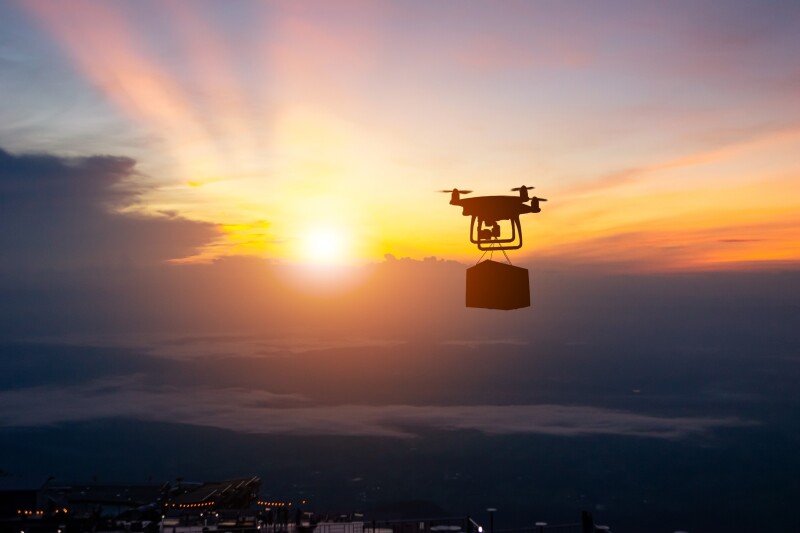

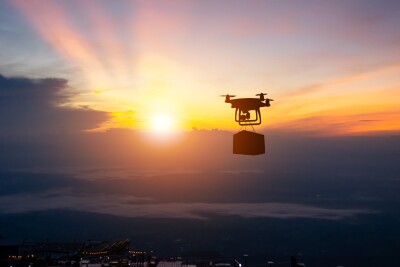

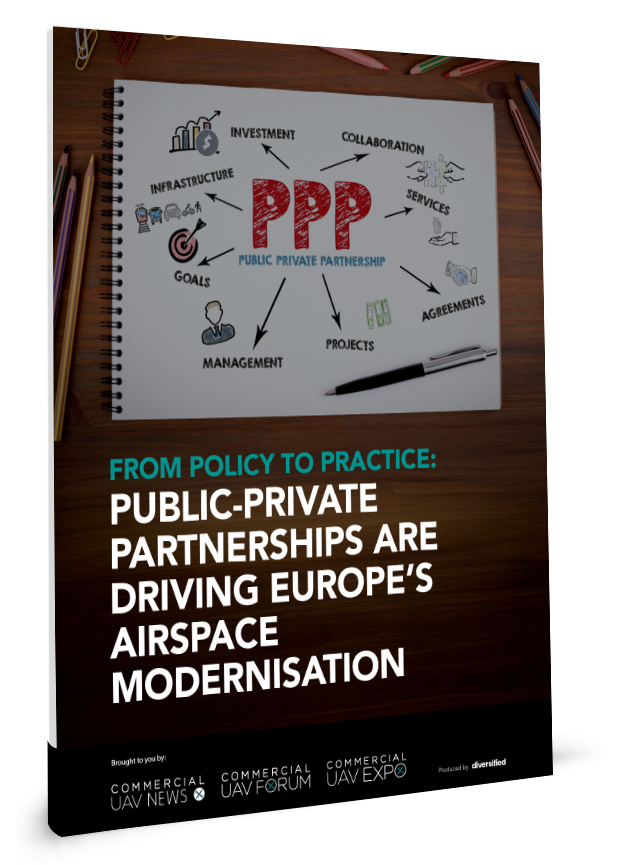
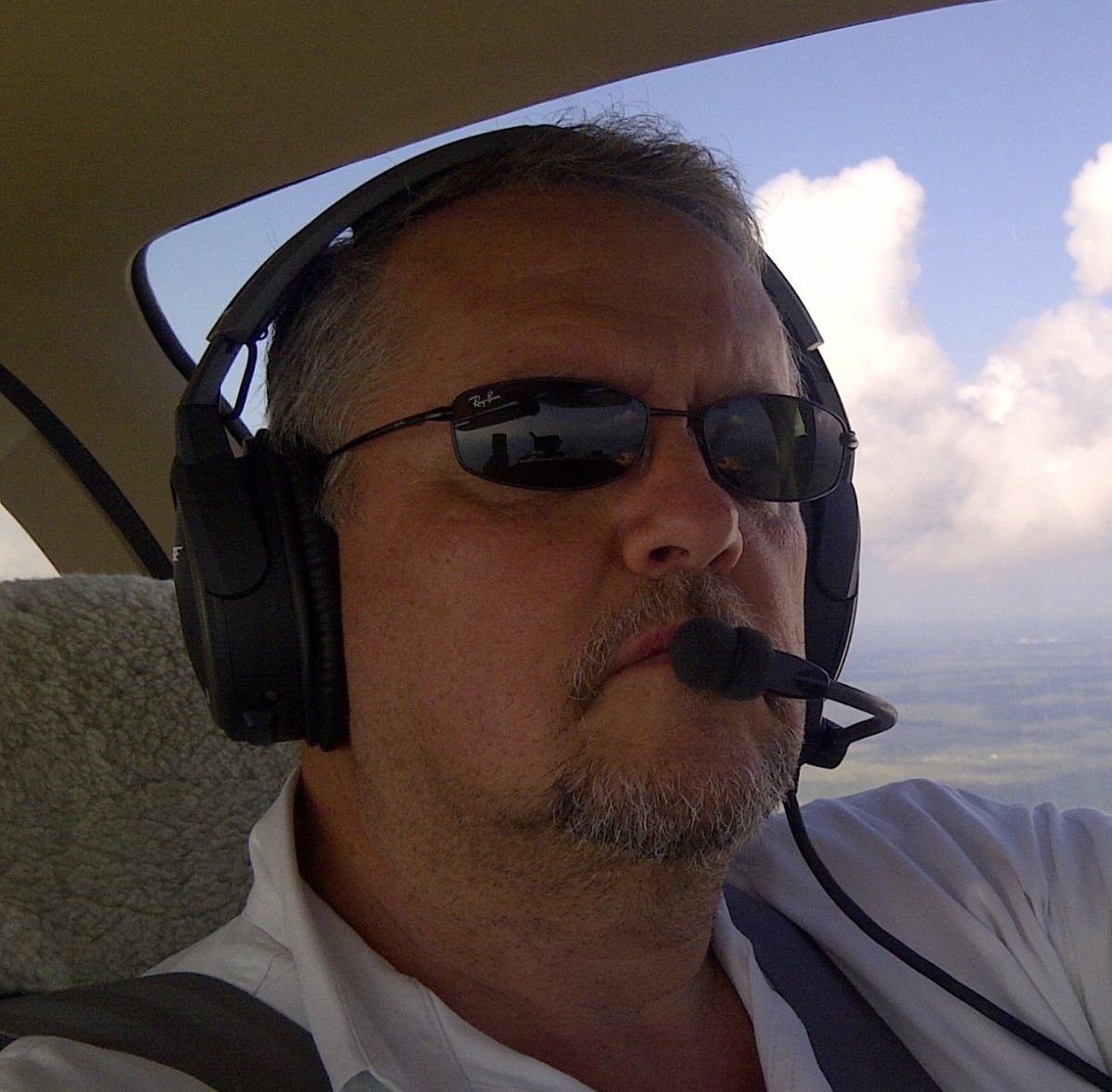




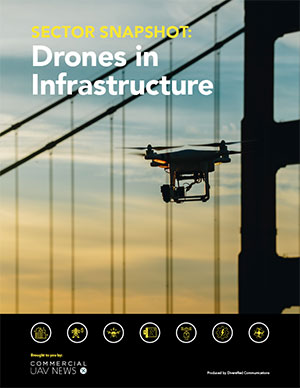
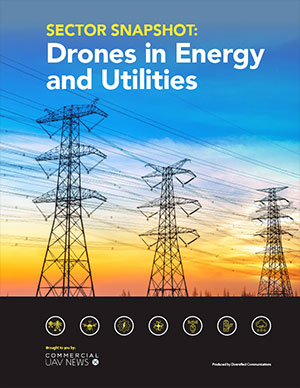
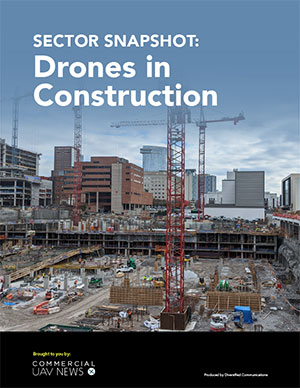
Comments